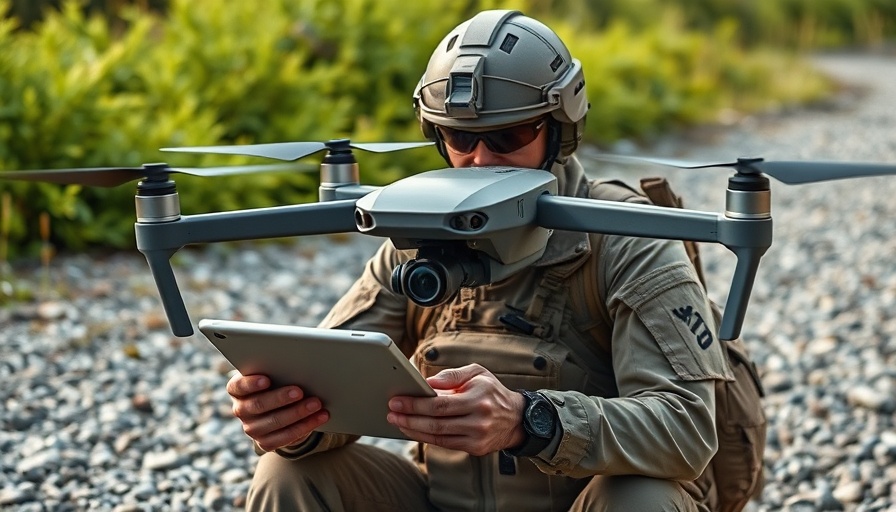
A Critical Leap in Aerial Defense Systems
In a significant move to bolster national security, the Norwegian Defence Materiel Agency has entered into a substantial contract with British firm, Operational Solutions Ltd. (OSL). This framework agreement is valued at up to NOK 938 million and spans a four-year period with possibilities of extension. The contract aims to procure advanced anti-drone systems, known as Counter Unmanned Aerial Systems (C-UAS), to safeguard locations like the Ørland Air Station against potential threats from unmanned aerial vehicles (UAVs).
Understanding the Threat Landscape
The decision to enhance Norway’s aerial defense capabilities comes in light of the escalating threats posed by drones in both regional and global conflicts. As highlighted by Norwegian Minister of Defence Tore O. Sandvik, the urgency to protect against aerial threats has become increasingly vital, especially in the context of the war in Ukraine and ongoing unrest in the Middle East. This illustrates how drones have evolved from mere recreational tools into significant military assets.
Features of the New Anti-Drone System
The anti-drone systems being acquired will integrate a comprehensive command and control system (C2), various sensors, and both kinetic and non-kinetic effectors. Such integration will not only enhance the operational capacity of the armed forces but also allow for seamless coordination with existing air defense resources and civilian aviation systems. Furthermore, the contract includes a function that enables the new system to replace the outdated bird radar at Ørland, addressing critical functionality issues.
Industry Response and Expectations
OSL’s CEO Mark Legh-Smith expressed pride in being selected for this project, commending the procurement team's efficiency. His remarks reflect an understanding of the high stakes involved in developing effective defense systems amidst rising aerial threats. The contract's initial focus on Ørland Air Station serves as a crucial entry point into enhancing Norway’s aerial defense infrastructure.
Broader Implications for Drone Technology and Security
This development is not just a victory for Norway; it signals a broader trend within the military and defense sector towards integrating advanced drone technologies. As conflicts become more complex, nations are increasingly looking to equip their forces with tools that provide comprehensive aerial awareness and countermeasures. The ramifications for both security and technology vendors in this niche market could be substantial.
Conclusion: A Future-Ready Defense
As countries globally face the reality of drone warfare, Norway's proactive steps in amplifying its defense capabilities are both timely and necessary. By investing in advanced anti-drone systems, they are setting a standard for other nations to evaluate their current defenses. Understanding and embracing such technological advancements is crucial for maintaining national security in an increasingly uncertain geopolitical landscape.
 Add Row
Add Row  Add
Add 




Write A Comment